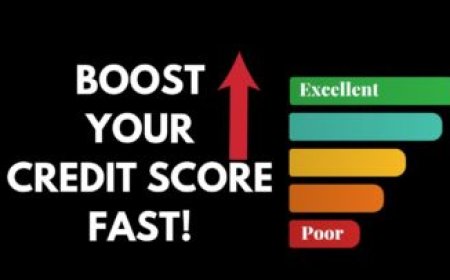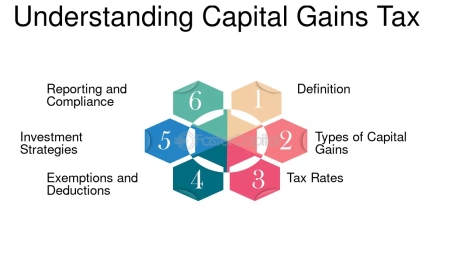How to Create a Debt Repayment Plan That Works

Creating a debt repayment plan is a crucial step towards achieving financial freedom. With a well-structured plan, you can manage your debt effectively, reduce financial stress, and make progress towards a debt-free life. In this article, we will guide you through the process of creating a debt repayment plan that works for you.
The first step in creating a debt repayment plan is to assess your financial situation. This involves making a list of all your debts, including credit card balances, loans, and other financial obligations. You should also take note of the interest rates, minimum payments, and due dates for each debt. Having a clear picture of your debt landscape will help you identify areas where you can make adjustments and create a more effective plan.
Next, you need to determine how much you can afford to pay towards your debt each month. This involves creating a budget that accounts for all your necessary expenses, such as rent, utilities, and groceries. You should also identify areas where you can cut back on discretionary spending and allocate that money towards your debt repayment. Consider using the 50/30/20 rule as a guideline, where 50% of your income goes towards necessary expenses, 30% towards discretionary spending, and 20% towards saving and debt repayment.
There are several debt repayment strategies you can use, including the snowball method and the avalanche method. The snowball method involves paying off your debts one by one, starting with the smallest balance first. This approach provides a psychological boost as you quickly eliminate smaller debts and see progress. On the other hand, the avalanche method involves paying off your debts with the highest interest rates first. This approach can save you more money in interest over time, but it may take longer to see results.
Once you have chosen a debt repayment strategy, it's essential to stick to your plan and make timely payments. Consider setting up automatic payments to ensure you never miss a payment. You should also regularly review your budget and debt repayment progress to identify areas where you can make adjustments and stay on track.
In addition to making regular payments, you can also explore other options to accelerate your debt repayment. This may include consolidating your debt into a lower-interest loan or balance transfer credit card, or using a debt repayment app to track your progress and stay motivated. You can also consider working with a credit counselor or financial advisor to get personalized guidance and support.
Creating a debt repayment plan is not a one-time task; it requires ongoing effort and commitment. You should regularly review your plan and make adjustments as needed to stay on track. It's also essential to celebrate your successes along the way, whether it's paying off a credit card or reaching a milestone in your debt repayment journey.
By following these steps and staying committed to your debt repayment plan, you can achieve financial stability and make progress towards a debt-free life. Remember, creating a debt repayment plan is a journey, and it's okay to make mistakes along the way. The key is to stay focused, be patient, and keep working towards your goal.
As you work through your debt repayment plan, you may encounter setbacks or unexpected expenses. However, with a solid plan in place, you can navigate these challenges and stay on track. By prioritizing your debt repayment and making consistent progress, you can achieve financial freedom and enjoy a more secure financial future.
To further illustrate the effectiveness of a debt repayment plan, let's consider an example. Suppose you have $10,000 in credit card debt with an average interest rate of 20%. By creating a debt repayment plan and committing to regular payments, you can pay off your debt in 3 years and save $4,000 in interest. This not only reduces your financial stress but also frees up more money in your budget for savings and investments.
In conclusion, creating a debt repayment plan is a critical step towards achieving financial stability and freedom. By assessing your financial situation, determining how much you can afford to pay, and choosing a debt repayment strategy, you can create a plan that works for you. With ongoing effort and commitment, you can stay on track, overcome challenges, and achieve your financial goals.
















